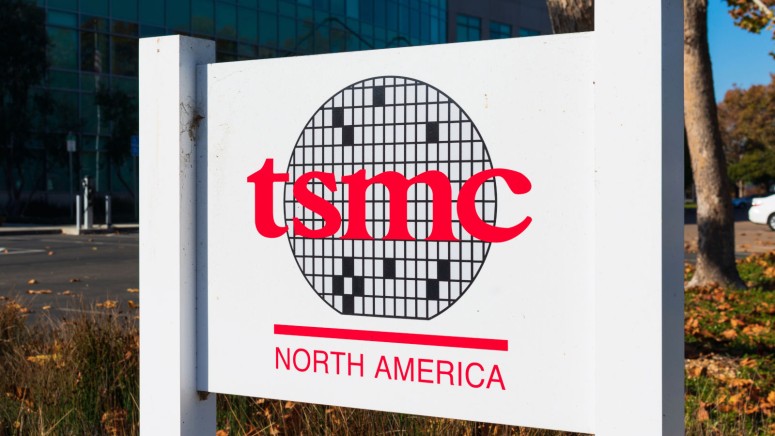
More Rumors Confirm a TSMC-Made 3nm A16 Amass Would Surface in 2022
- More rumors coming from multiple sources confirm that a 3nm A16 for the iPhone 14 will be produced within 2022.
- Compared to the chips in the upcoming iPhone 12, A16 will be 15% speedier and 25% less power-hungry.
- TSMC has reportedly made many breakthroughs as its 2nm R&D program has already started.
The first rumors regarding Apple’s A16 processor came out over a month ago, and the information involved TSMC as the maker and 3nm as the fabrication process. Now, “Patently Apple” doubles down on these previous reports, as even more rumors are coming from other trusty sources, and it looks like everything is on scheduling rails.
TSMC has reportedly agreed with Apple to make the iPhone 14 chips, producing a 3nm A16 processor in 2022. This roadmap wasn’t a secret, but there has been no official confirmation for a product that is so far away from launch yet.
Related: The A16 Processor Inside the iPhone 14 Is Going to Be Groundbreaking
TSMC is ready to begin trial production of 3nm chips later this year, while mass production is scheduled to start in the second half of 2021. This would give the companies ample time to prepare for the demand for the iPhone 14 and to resolve any problems that may arise in the chip’s production process.
TSMC already has some more technical details to share, as they compared the first 3nm with the current 5nm, reporting the following:
- Transistor density increased by 15%
- Performance increased by 10-15%
- Energy efficiency increase by 20-25%
Going deeper into the technicalities of the endeavor, TSMC has reportedly made breakthroughs while working on the 2nm research and development, figuring out a way to cut into the full ring gate field effect transistor GAA. This means the FinFET technology will not be abandoned after all.
Customers looking to import 5nm process designs in 3nm will be able to do it without going through expensive redesign cycles. This is crucially important for the business of TSMC, and a huge reason for them to win more orders as we move towards 3nm chips.
As for the 2nm process, the estimated year for that step is still 2024 (TSMC has kicked off the R & D just recently, in April). However, some like to believe that TSMC will start the mass production of 2nm as soon as 2023 because the pioneering company has allegedly found ways to deal with the big problems of thermal dissipation, low current leakages, and electrical control.
When things go below 3nm, the above factors become aching problems for even the most capable engineers. Only time will tell how close these reports are to reality, but the rumors that come from Taiwanese sources are giving us many reasons to be optimistic.






